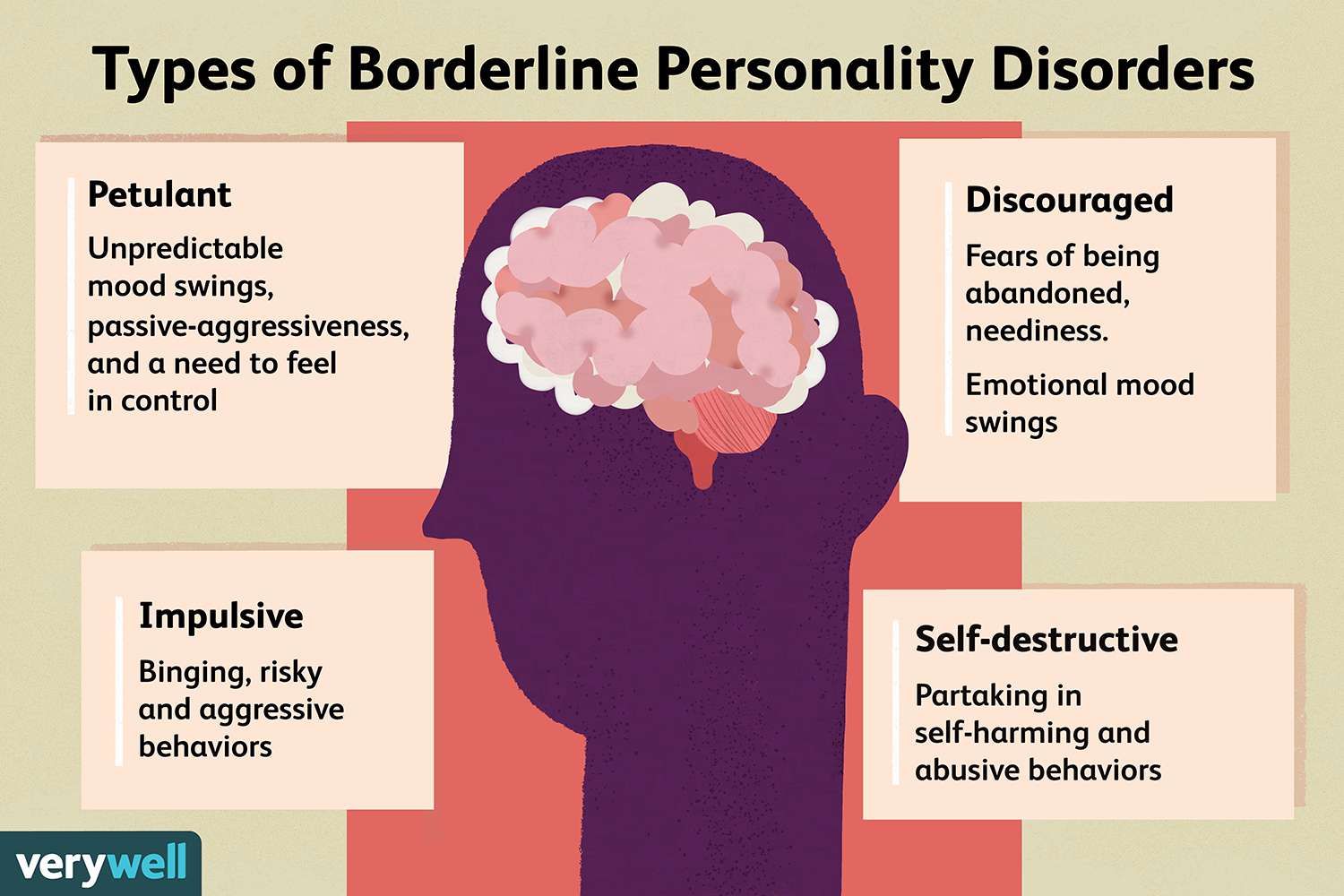
Why Drug Addiction is rampant in Abbottabad and surrounding areas?
Why Drug Addiction is rampant in Abbottabad and surrounding areas? Rehabilitation is a complex process involving different stages from initial detoxification and to psychiatric treatment










